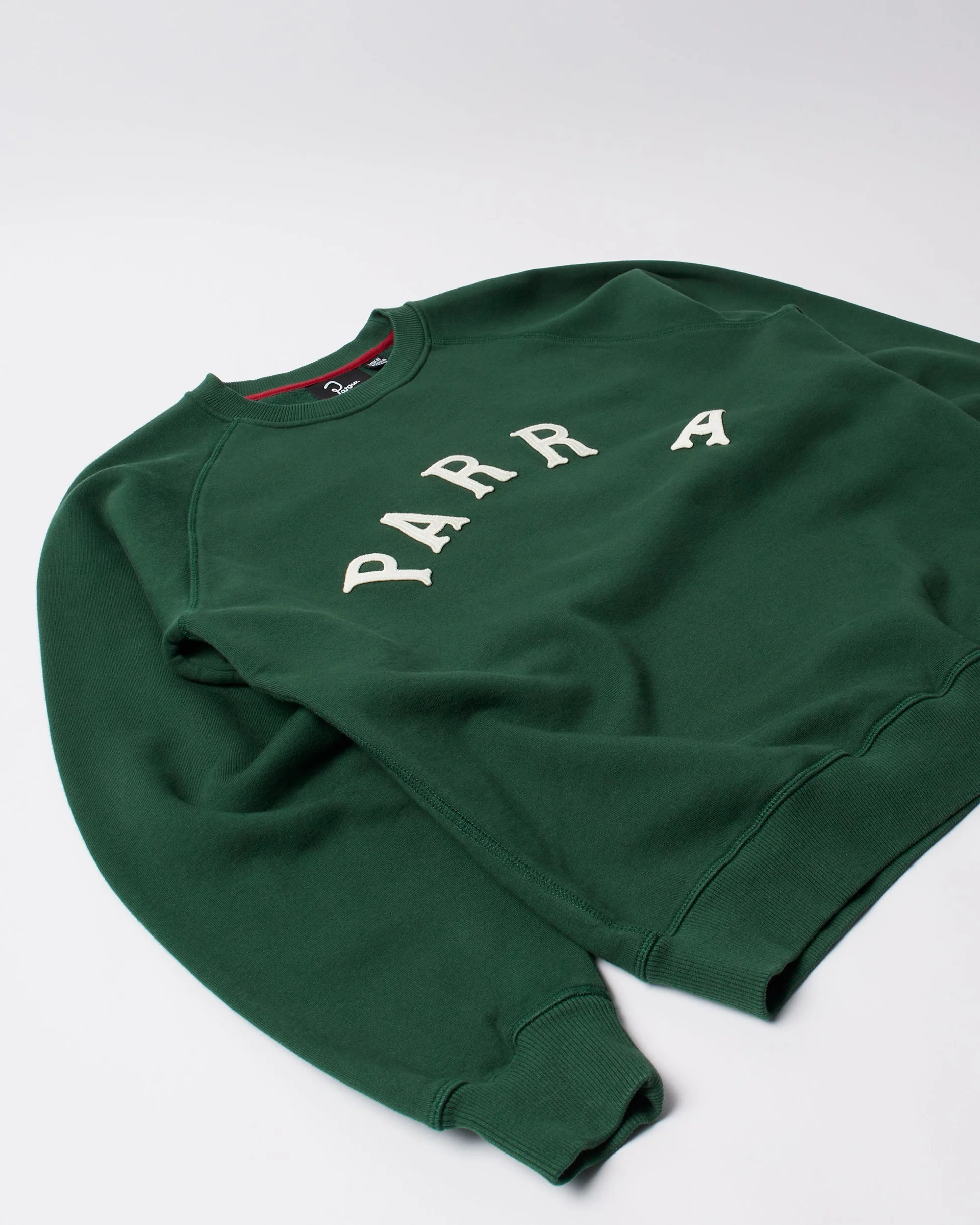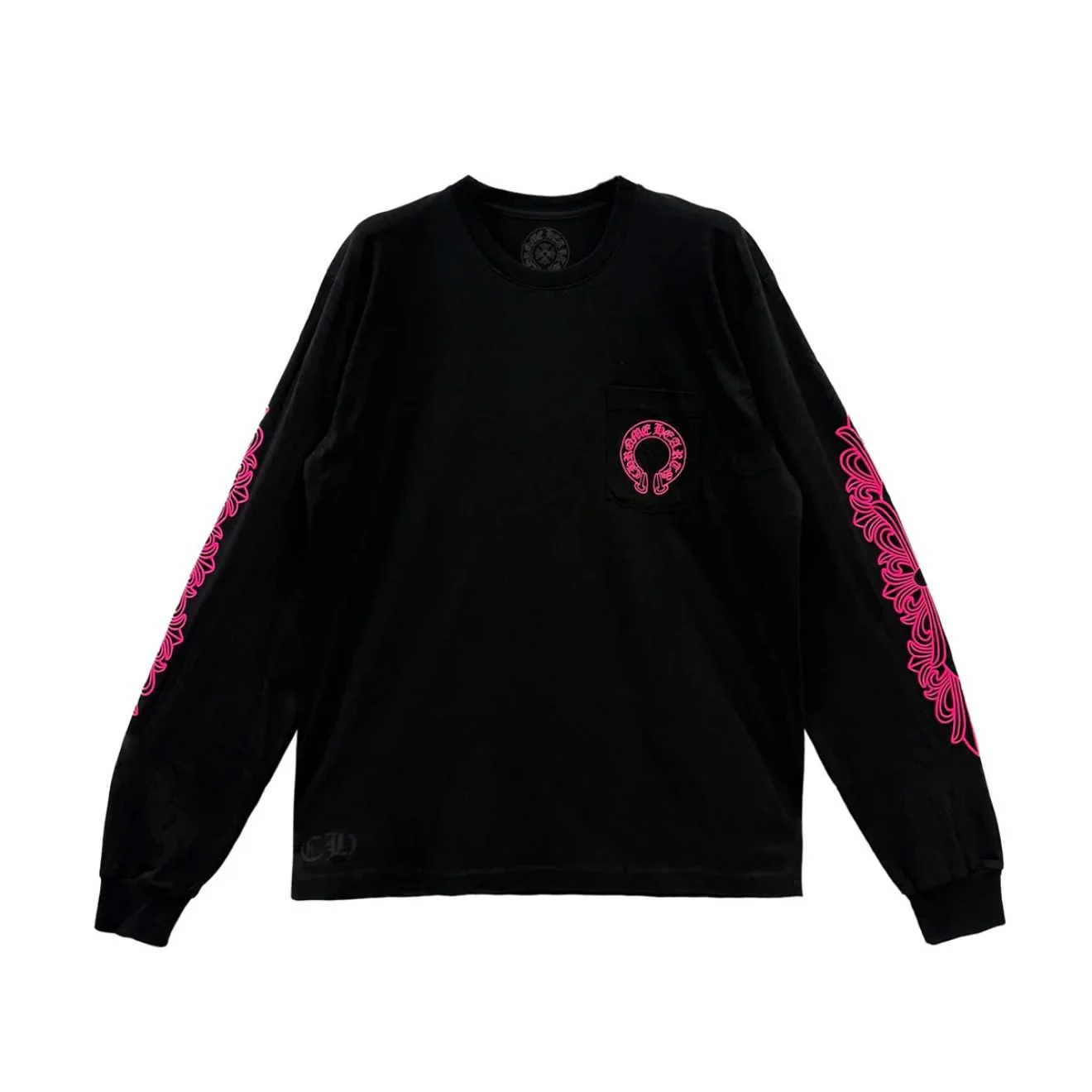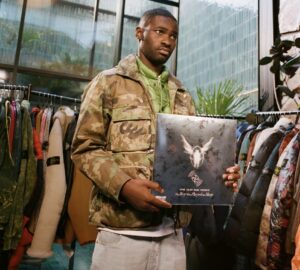
In the rarefied world of haute couture, few designers have left as indelible a mark as Demna Gvasalia. Known mononymously as Demna, he transformed Balenciaga from a storied heritage house into a global cultural phenomenon that both challenges and celebrates the boundaries of fashion. For his final act at Balenciaga, Demna has delivered a collection that feels less like a typical runway show and more like an introspective odyssey — a deeply personal love letter to Paris and an elegy for a decade of fearless reinvention.
Photographed across the timeless city of Paris, this final collection merges architectural rigor with raw emotional honesty. Each piece functions as a chapter in Demna’s long, complex dialogue with both Cristóbal Balenciaga’s legacy and his own experimental vision. The result is a synthesis of past and future: a masterclass in technical precision, emotional vulnerability, and narrative fashion.
The Spirit of Cristóbal: Tradition as a Living Language
Demna has always maintained a reverence for Cristóbal Balenciaga, the Spanish couturier whose name is synonymous with architectural silhouettes and sculptural grace. This final collection feels like Demna’s purest homage yet, as he channels Cristóbal’s ghost through contemporary forms. Sculptural tailoring, a signature Balenciaga language, is reborn here with updated proportions and deconstructed codes.
Rigid, fortress-like shoulders morph seamlessly into hourglass waists, echoing the “barrel line” and “semi-fit” shapes pioneered by Cristóbal in the 1950s. The technical wizardry is obvious in seamless transitions and hidden internal structures — garments that appear almost impossibly simple yet require countless hours of meticulous labor. This is not just design; it is architecture on the human body.
Emotional Threads: Familial Memories and Quiet Tributes
While the technical brilliance astounds, it is the intimate, nearly whispered elements that make this collection unforgettable. Subtle nods to Demna’s personal life emerge like delicate brushstrokes: references to old Hollywood glamour and Elizabeth Taylor’s iconic style blend into the overarching aesthetic. Taylor’s legendary opulence appears in feather-embroidered “mink” coats and floor-length Guipure lace gowns, creating a tension between maximalist luxury and minimalist restraint.
In another tender detail, flowers crafted from atelier floor scraps recall the resourcefulness of a bygone era and mirror Demna’s humble beginnings in post-Soviet Georgia. Here, waste is transformed into beauty, a poetic act of redemption that speaks to the designer’s lifelong fascination with imperfection and authenticity.
The New Bourgeoisie: Deconstructing and Reimagining Codes
Central to this collection is Demna’s ongoing dialogue with bourgeois dress codes — those sartorial symbols of conservative privilege and rigid social hierarchy. In his hands, these codes are not merely subverted but reimagined with affectionate irreverence. Traditional items such as the double-breasted overcoat, the crisp white shirt, and the classic pencil skirt are dissected and reconstructed to suit a body in motion, not a static, idealized form.
Tailoring is no longer about imposing shape onto the wearer; it adapts organically to each individual body, acknowledging and embracing its natural contours. This inversion is quietly revolutionary. In a fashion world obsessed with “ideal silhouettes,” Demna’s approach feels profoundly humane, an invitation to celebrate rather than conform.
Objects of the Everyday: The Couture Lens
Perhaps the most striking aspect of this collection is its reinterpretation of everyday objects through a couture lens. Demna has long excelled at elevating the mundane to the sublime, turning supermarket bags into luxury clutches and platform Crocs into runway showstoppers. In this final collection, the approach is more refined, almost zen-like.
Briefcases, sneakers, and workwear staples are transformed with meticulous tailoring and haute couture detailing. Logos, long a ubiquitous symbol of brand power, are stripped away in favor of wearer names, shifting the spotlight from designer ego to personal identity. This choice resonates deeply in an age of hyper-branding and influencer culture, where individual authenticity is often sacrificed at the altar of mass appeal.
The choice to replace logos with names feels almost defiant — a final reminder that fashion, at its core, is about the human stories woven into every stitch.
Technical Mastery: Architectural Silhouettes and Sculptural Precision
Each look in this collection is a masterclass in technical discipline. Seamless Guipure lace gowns cling to the body like second skin, evoking both fragility and armor. Feather-embroidered coats possess a weightless quality, floating around the wearer with the ethereal grace of a dreamscape.
Fabric treatments, too, speak of high-level experimentation. Laminated silks reflect light in soft gradients, while experimental knits merge different gauges and textures into a unified whole. These are garments that demand close study, rewarding the observer with new discoveries upon every glance.
Demna’s manipulation of proportion reaches its zenith here: exaggerated shoulders, elongated sleeves, and dramatically flared hems create a dialogue between the wearer and their environment. Each silhouette shifts depending on the angle and movement, much like a piece of kinetic art.
Old Hollywood Echoes: Glamour as Resistance
Throughout the collection, one can trace a narrative thread to Old Hollywood, particularly through the ghostly presence of Elizabeth Taylor. Her personal style — a heady mix of maximalism, confidence, and romance — acts as a spiritual guide in Demna’s designs.
Yet rather than mere mimicry, Demna channels this glamour as a mode of resistance. In an industry increasingly dominated by fast fashion and transient micro-trends, glamour becomes an assertion of lasting beauty, slow craft, and timeless allure. Here, feathers, lace, and lush velvet operate as acts of defiance against an age of disposability.
The City as Muse: A Love Letter to Paris
Photographing the collection across Paris imbues it with another layer of intimacy. The city’s iron-laced balconies, weathered façades, and shadowed alleyways become an organic backdrop to the clothes — a stage where couture history meets contemporary life. Paris, where Cristóbal Balenciaga perfected his craft, is also where Demna redefined its language. In choosing to embed his final collection into the city’s very fabric, Demna creates a cyclical narrative arc, a full-circle return to the emotional birthplace of his artistry.
Paris itself becomes an unspoken collaborator, each street and corner echoing stories of fashion’s past, present, and possible futures.
Maximal Artistry, Minimal Ego
In an industry often driven by spectacle and self-promotion, Demna’s final collection reads as an act of quiet self-effacement. It is maximal in its artistry — expansive in silhouettes, fearless in experimentation, lavish in detail — yet minimal in ego.
Gone are the attention-grabbing logo prints, meme-friendly shapes, and shock-value stunts. In their place stands a deeply introspective, poetic examination of fashion’s purpose and potential. The designs whisper rather than shout, inviting the wearer and the observer into a more contemplative space.
Closing a Decade: Legacy and Future Horizons
Demna’s departure from Balenciaga marks the end of an era that saw the house transform from a heritage label known for its couture past into a cultural force that shaped contemporary aesthetics worldwide. Under his direction, Balenciaga blurred lines between luxury and streetwear, questioned systems of value and authenticity, and, most importantly, democratized the conversation around fashion.
This final collection distills all those themes into a single, coherent narrative. It feels like a summation — a crystallization of his personal and professional evolution. It also sets a high bar for whoever inherits the creative helm next, challenging future designers to move beyond superficial reinterpretations and engage in authentic, human-centered storytelling.
Fashion as Personal Mythology
Demna’s final show reveals fashion’s true power: to act as personal mythology. Each garment becomes a vessel carrying fragments of memory, emotion, and identity. By merging couture tradition with his modern, almost punk-like sensibility, Demna composes an autobiographical symphony — a work that is as much about inner landscapes as it is about external appearances.
His decision to incorporate familial memories, atelier waste materials, and references to his formative years underscores a vulnerability rarely seen in major fashion house finales. Rather than protecting his legacy with guarded perfection, Demna opens himself up completely, transforming the runway into a confessional space.
Reimagining the Human Form
In refusing to force bodies into preordained molds, Demna honors the natural rhythms and contours of the human figure. His approach to tailoring adapts to the wearer rather than demanding conformity — a philosophy both liberating and radically inclusive.
This subtle yet revolutionary stance resonates beyond fashion, hinting at broader cultural shifts toward body positivity, fluid identities, and the celebration of individual uniqueness. In an age of algorithmic aesthetics and mass customization, Demna’s insistence on human-centered design feels both radical and necessary.
A Final Bow in the City of Light
As Demna closes his chapter at Balenciaga, his farewell collection stands as a multi-dimensional love letter: to Paris, to Cristóbal, to his family, and to every individual who finds themselves reflected in his work. It encapsulates his journey from an unknown designer in Georgia to a global icon who has consistently challenged, provoked, and inspired.
The city of Paris, glowing in twilight, serves as a fitting stage for this final act — a poetic, eternal witness to fashion’s perpetual evolution. In these clothes, the echoes of past glamour meet the whispers of future revolutions.
Conclusion: The Beauty of an Open Ending
Demna’s final collection at Balenciaga is not just an ending but an invitation. It asks us to consider fashion as more than adornment: as a repository of dreams, fears, and histories; as a bridge between collective memory and personal narrative; as a means of becoming more deeply human.
For a designer who has spent a decade pushing against the confines of the industry, this collection reads not as a grand finale but as a graceful, open-ended question — a shimmering ellipsis rather than a full stop.
As Paris turns its lights on and the final photographs circulate around the world, one can almost hear the soft exhale of relief and gratitude. In an era obsessed with immediate gratification and relentless newness, Demna offers something enduring: a reminder that true beauty often lies not in the spectacle, but in the deeply personal stories woven quietly beneath the surface.
No comments yet.









